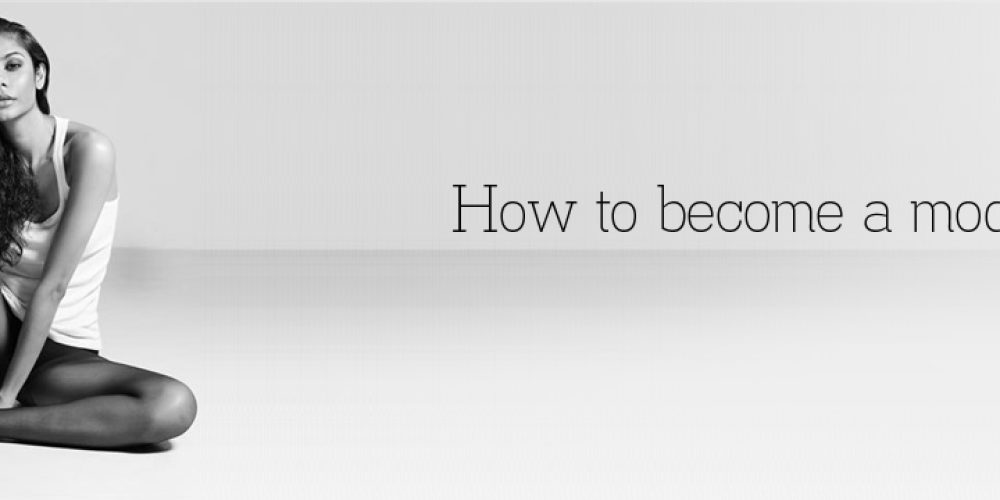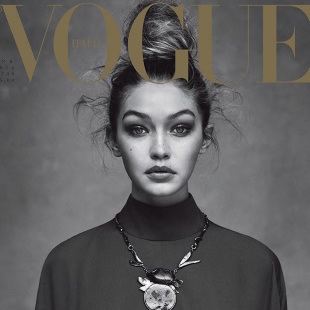The will to succeed is important, but the will to prepare is more
important.
— Bobby Knight
A common myth is that all you need to be a model is good looks. It takes a whole lot more:
Location
This can be very expensive, but also is critical. It’s possible that you may be flown to a job at client expense some day. It
happens. But it only happens after you have been selected for the job – and that happens where the client and the market are. Here’s how it typically works: Clients call agencies and tell them their requirements for upcoming jobs. An agency matches those requirements against their files and selects the models they think likely to be chosen for the job. Those people then go on a “gosee” or “casting.” There can be only a few or as many as hundreds of models at these go-sees, and the great majority of them won’t be hired. This is a competitive business, with lots of competitors and, at any given moment, few winners. You don’t get paid to go to go-sees. That may be okay for someone that lives in the area and can take time off for an hour or so. But it is impossible for someone who lives in Ohio, Texas or even Maryland to commute to castings hoping they will get a job in New York. The economics don’t work. There is a limited amount of “direct booking” of models from comp cards or off an agency website. Most frequently this is for catalog (“commercial fashion”) jobs and is relatively unusual for commercial print. Unless you are in a very hard-to-fill category (for instance, a 50-ish Asian or character model, or a high-end editorial fashion model) it’s unlikely that you can get much modeling work through an agency without living in their city. Even then, you normally have to establish yourself at their location for a while (weeks to months) before you can be considered for direct booking assignments. The closer you live to your agency the better. Although models do sometimes commute from as much as 100 miles away, it makes a modeling career very difficult.
Attitude
Being a model is like any other job – you have to bring the skills and attitude. Without them, you are doomed to failure. Among the things that help:
1.Self Discipline. You have to be able to get to go-sees, shoots, jobs, meetings and appointments, in good condition and able to perform.
2.Commitment. Modeling requires your time, resources, and effort and giving up other things you could be doing.
3.Ability to get along with others. Models have to work with photographers, art directors, clients, makeup artists, agency staff and other models. Any of them may be able to keep you from getting work, even if you are the person with the best “look” for the job. All of them talk to each other. If you are abrasive, rude or just someone they don’t like to work with, you won’t work much.
4. Self Confidence. No matter what you really think or feel inside, it must appear that you are confident in your ability to be what the client needs. Self doubts need to get left at the door of the go-see or studio.
Availability
Professional modeling happens during business hours. If you can’t make yourself available for go-sees and jobs, you can’t be a model. That means you need a way to support yourself with lots of flexibility during the work day. Commercial print models typically work as waiters, bartenders, actors, or in night jobs. Fashion models often cannot work at anything else – the business is too demanding of their time. If you have a “day job” with an inflexible schedule you may find that you cannot work as a model.
Looks
Yes, you have to “look like a model”, although what that means varies quite a bit. But looks aren’t nearly as important as location and attitude in your success.
“Sponsors”
Generally models aren’t “discovered” – they work their way into the industry. In a sense, however, some highly successful fashion models are “discovered.” It happens like this: someone (or several someones) takes an interest in her, and chooses to give her opportunities over someone else. There are plenty of models and few jobs. Choices have to be made. It is human nature in any business that such choices go to people we like. In the subjective world of modeling, it is all the more true that
personal relationships make or break a career. Models should take advantage of opportunities to gain that kind of sponsorship from people with influence in the industry: agents, art directors, editors, working commercial and fashion photographers. Virtually all of the most successful models have used “sponsors” to achieve their success. But the woods are full of people who want to appear to be able to “sponsor” a model who can’t (or won’t) really do it. The model’s problem is to tell which apparent sponsors are really opportunities for her.
Investment
No matter what you may have read or hear, or what Tyra said, modeling is a business, and like all businesses requires investment – from you. At a minimum, you will need to invest in the following, and your agency probably will not pay for much of it:
1.Marketing materials You will need a composite card and may need portfolio pictures and may have to spend $500-$1,500 for them.
2. “Bag of tricks” Even though many assignments will have professional makeup artists, some (especially commercial
print jobs) will not. You must have the materials and skills to do your own makeup in a variety of styles. On fashion assignments the clothing (except perhaps for foundation garments and shoes) will typically be provided, but on commercial jobs it usually will not. You have to come to the shoot (and perhaps to the go-see to get chosen for the shoot) with a wardrobe and shoes appropriate to the modeling situations. If you do not already have all of these things, you can expect them to cost several hundred dollars or more.
3. Modeling Skills It’s best if print models have extensive experience in front of a camera. The best way to get this is to do a lot of shooting. Ideally this should be with a photographer who is skilled at working with models in commercial- or fashion-style shots. Still, any kind of experience is helpful, and even shoots with relatively new photographers help you gain self-confidence and posing skill. Frequently models can find less-established photographers who will shoot them free or at modest cost so each can add to their books. Runway models also need to know how to walk. Fashion agencies can provide training at little or no cost to the model. Acting and dance classes are helpful for models.
4. Advertising You need to get your pictures in front of photographers, art directors, casting agents, and others that make hiring decisions. Your agency can assist you in this by including you in the agency website or promotional mailers. Agencies must recover their costs from you for these items. Depending on their policy and the degree of promotion that an agency does, the cost to you may run from $50-$1,000 per year, although some agencies pay this themselves as a cost of doing business.
5. Communications This is a fast-paced business. If your agent can’t find you quickly, you may well lose a job that could pay you thousands of dollars. If your agent can’t reliably reach you in an hour or less, you can count on losing jobs – and you may lose your agency. There are a variety of solutions: cell phones, beepers, or answering services – but one of these is necessary to a successful modeling career.
6. Maps This isn’t a large investment (it may cost you $20 or so) but it’s very important in large cities. When your agency or a client gives you an address, you should be able to find it and figure out how to get to it on your own. Nobody wants to hand-hold you through each trip to a gosee.
7. A Passport. Even commercial models can find themselves booked on jobs overseas, and for fashion it’s quite common. If you don’t have a passport, you may lose the job.






